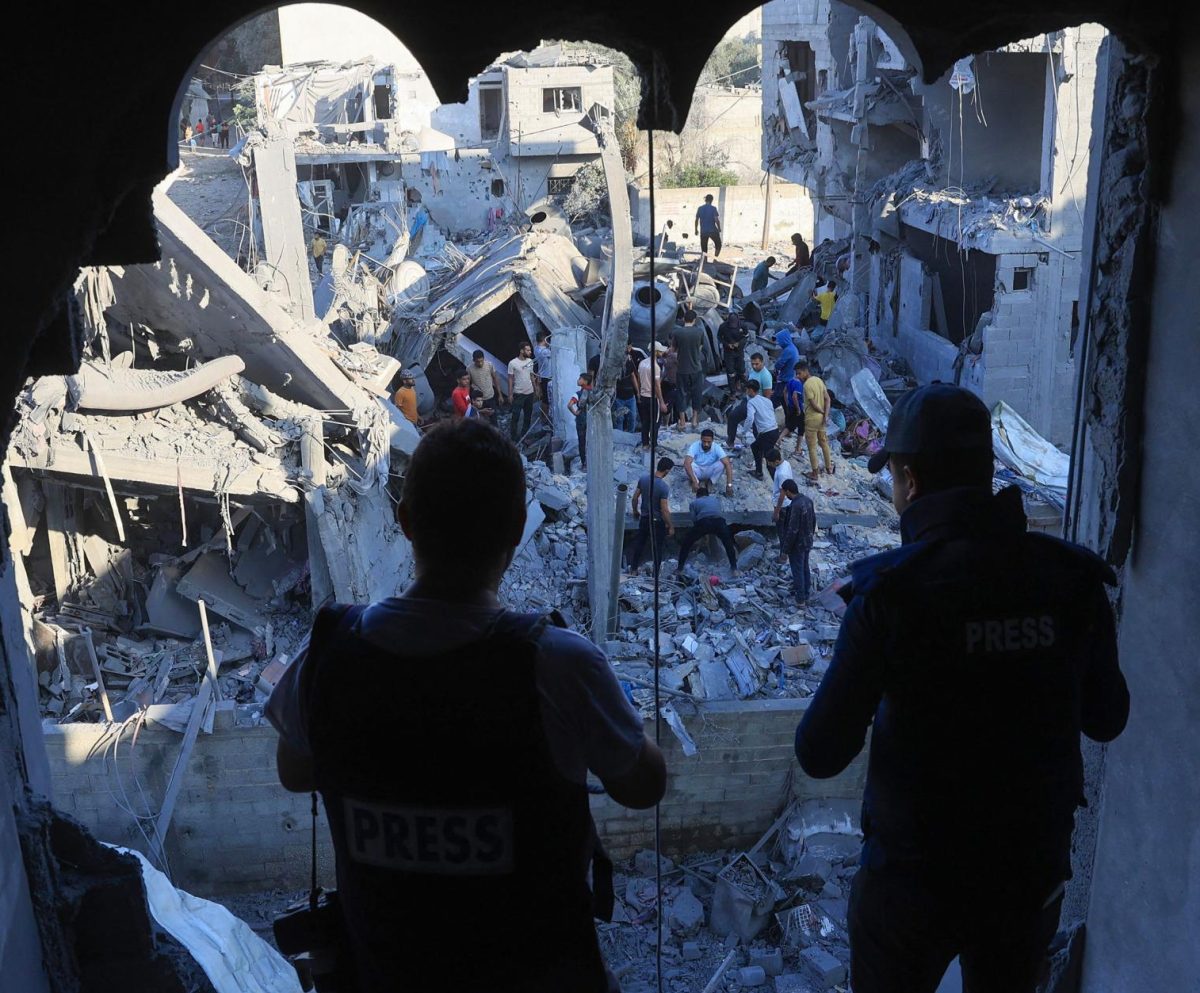The first two deaths in almost every conflict are nearly always civilians and the truth.
We’re hearing the stories of brutal deaths and seemingly boundless destruction in the conflict between Israel and Palestine. Posts all over social media deliver heartbreaking scenes we’re unfortunately finding normal.
The tragic loss of life isn’t lost on anyone who hears these tales or sees the videos. We’re rightfully brought to anger, but some of us have been misled or misinformed about the current state of the conflict.
Social media plays a massive role in how we see a conflict happening on the flip side of the globe, and it’s coming from all types of sources.
Misinformation and disinformation have plagued social media on all sides of the conflict, and we need to be willing to seek truth and dispel inaccurate coverage.
It’s putting everyone to the test, ranging from the average viewer to even some of the most trusted news sources.
The New York Times went under fire for publishing an article that claimed an Israeli missile struck a hospital in the Gaza Strip and that hundreds died. Other news outlets followed suit, and Israeli sources later revealed the missile came from a group aligned with Hamas.
But in the time between reporting and correction, many people ran with the original story and used it as an attack against the Israeli cause.
The New York Times example is one of many that contributes to the sprawling issue, and it’s troubling for college-aged students who primarily get their news from social media.
Their inaccuracy is an example of misinformation. Misinformation is information that’s inaccurate or misleading that’s unknowingly untrue. Being inaccurate is a serious offense in journalism, especially at the highest level, but mistakes are inevitable.
But the accompanying wave of disinformation (information spread knowing it’s misleading or false) creates more worries.
Last week, a story broke stating that members of Hamas beheaded Israeli children and left their bodies in the streets.
Later, this claim became heavily disputed because of a lack of evidence, and Israeli officials still haven’t confirmed the story as true, according to multiple sources.
But many people on social media are still running with the original story.
Between misinformation and disinformation, it’s a taxing trek online.
It’s worse considering that activist groups are pulling for us to take a side.
Innocent people are dying on both sides. It’s hard to fault anyone for crying out for a donation or an alliance online, but it’s unethical to manipulate the truth to do so.
You don’t have to stay neutral, but you have to research what you hear.
There are morally valid justifications for people being pro-Israel and pro-Palestine, but sensationalism and lies shouldn’t be the rallying cry for you to form your own allegiance.
It’s typically a fruitless effort to sign off by saying to “do your own research,” especially in this situation. But just as there are people dedicated to advocating for their respective sides in this conflict, there are outlets promoting fact-checks and reviewing contested claims.
The Associated Press, considered by many the gold standard in reporting, has a section on fact-checking and verification. Each week, they check the credibility of popular posts online, and they now have a regularly updated section of posts from various platforms.
Some of their top posts go beyond checking claims. They even verify if videos and photos are from the current conflict or from the past.
Reuters and other prevalent organizations are doing their part in fact-checking too.
Being informed about the current state of events is invaluable if we are to base our views on what’s truly happening.
It’s an unfortunate reality in the latest of a long line of conflicts, but searching for the truth is the least we can do as terror and unrest grows.


